Kubernetes Networking Deep Dive
Network Security
Security Overview
As Kubernetes scales to manage hundreds or thousands of containers across multiple nodes, securing your cluster becomes mission-critical. A single vulnerability can cascade through workloads, compromise sensitive data, or disrupt services. This guide outlines proven strategies—from TLS automation to network policies and observability—to strengthen your Kubernetes security posture.
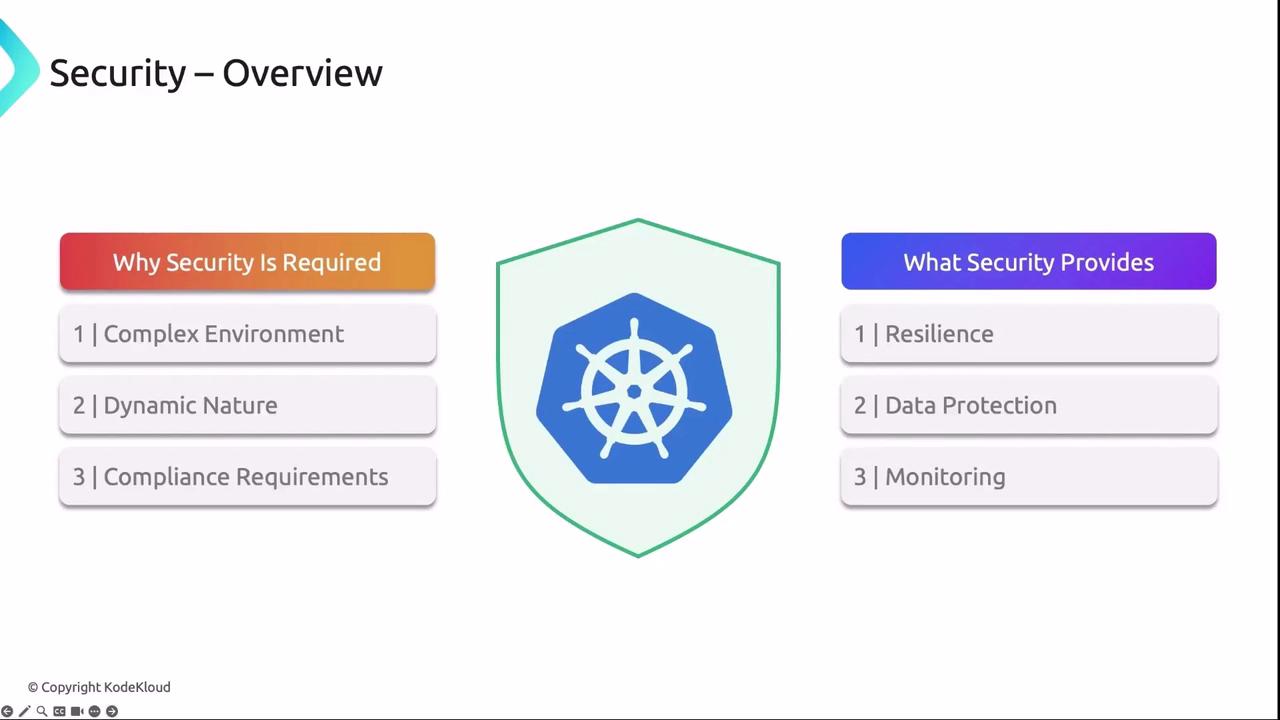
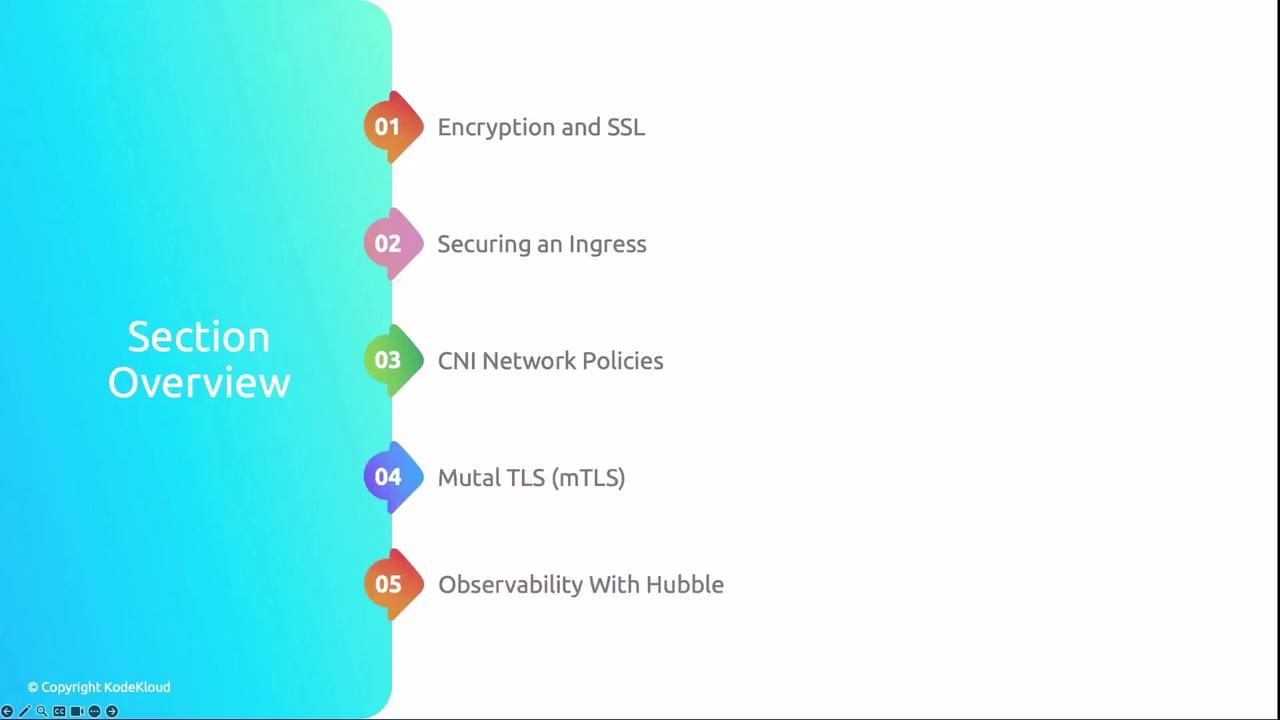
| Section | Focus | Benefit |
|---|---|---|
| 1. Encryption & SSL | Automated TLS certificates | Secure HTTPS endpoints |
| 2. Securing Ingress | Ingress controller security | Encrypted entry points |
| 3. CNI Network Policies | Pod network isolation | Reduced lateral attack surface |
| 4. Mutual TLS (mTLS) | Service-to-service auth | Prevent man-in-the-middle attacks |
| 5. Observability With Hubble | Traffic & event visibility | Faster troubleshooting and alerts |
1. Encryption and SSL
Automating TLS certificate issuance and renewal is essential for 24/7 uptime and risk reduction. Let’s Encrypt and cert-manager work together to keep your cluster’s endpoints secure:
- Let’s Encrypt (letsencrypt.org) provides free SSL/TLS certificates via the ACME protocol.
- cert-manager (cert-manager.io) automates certificate lifecycles using Kubernetes CRDs (
Issuer,ClusterIssuer,Certificate).
apiVersion: cert-manager.io/v1
kind: ClusterIssuer
metadata:
name: letsencrypt-prod
spec:
acme:
server: https://acme-v02.api.letsencrypt.org/directory
email: [email protected]
privateKeySecretRef:
name: letsencrypt-prod-key
solvers:
- http01:
ingress:
class: traefik
---
apiVersion: cert-manager.io/v1
kind: Certificate
metadata:
name: example-com-tls
spec:
secretName: example-com-tls
dnsNames:
- example.com
issuerRef:
name: letsencrypt-prod
kind: ClusterIssuer
Note
Make sure your DNS records are properly configured for HTTP-01 or DNS-01 challenges before deploying cert-manager.
cert-manager stores issued certificates in Kubernetes Secrets and renews them automatically before expiration.
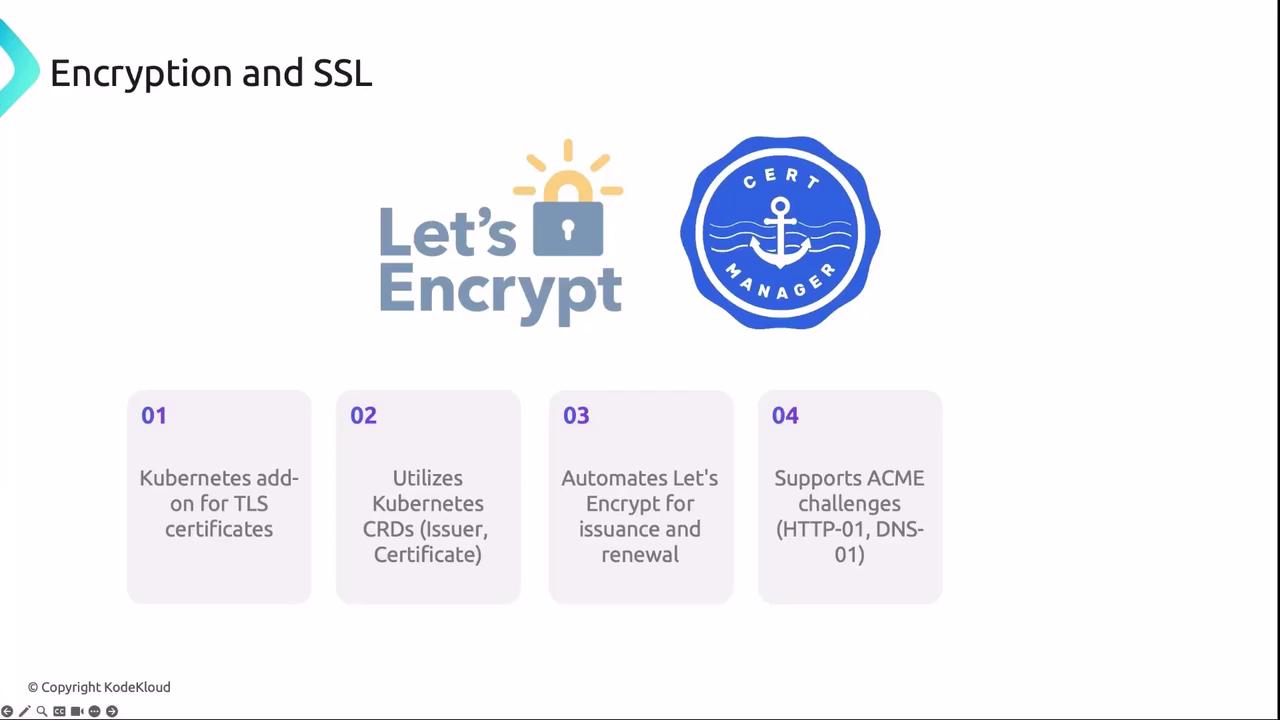
2. Securing Ingress
Exposed services must serve traffic securely. Traefik is a popular Ingress controller that integrates seamlessly with cert-manager and Let’s Encrypt to automate SSL/TLS:
apiVersion: traefik.containo.us/v1alpha1
kind: IngressRoute
metadata:
name: secure-web
annotations:
cert-manager.io/cluster-issuer: letsencrypt-prod
spec:
entryPoints:
- websecure
routes:
- match: Host(`app.example.com`)
kind: Rule
services:
- name: web
port: 80
tls:
secretName: example-com-tls
With this configuration, Traefik delegates certificate requests to cert-manager, enabling HTTPS without manual steps.
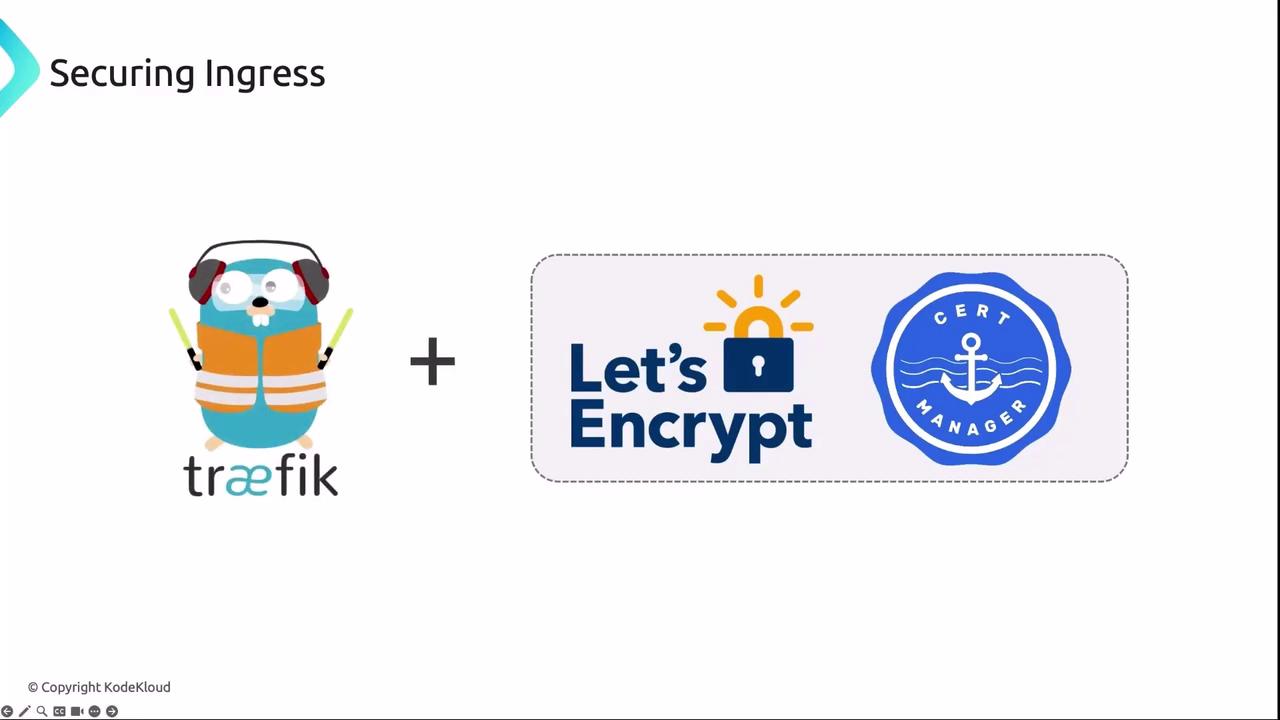
3. CNI Network Policies
NetworkPolicies define traffic rules at the pod level, isolating workloads and preventing unauthorized lateral movement:
apiVersion: networking.k8s.io/v1
kind: NetworkPolicy
metadata:
name: allow-from-frontend
spec:
podSelector:
matchLabels:
role: web
ingress:
- from:
- podSelector:
matchLabels:
role: frontend
ports:
- protocol: TCP
port: 80
Advanced Policies with Cilium
Cilium uses eBPF for kernel-level enforcement and richer policy definitions:
apiVersion: cilium.io/v2
kind: CiliumNetworkPolicy
metadata:
name: allow-frontend-to-web
spec:
endpointSelector:
matchLabels:
role: web
ingress:
- fromEndpoints:
- matchLabels:
role: frontend
toPorts:
- ports:
- port: "80"
protocol: TCP
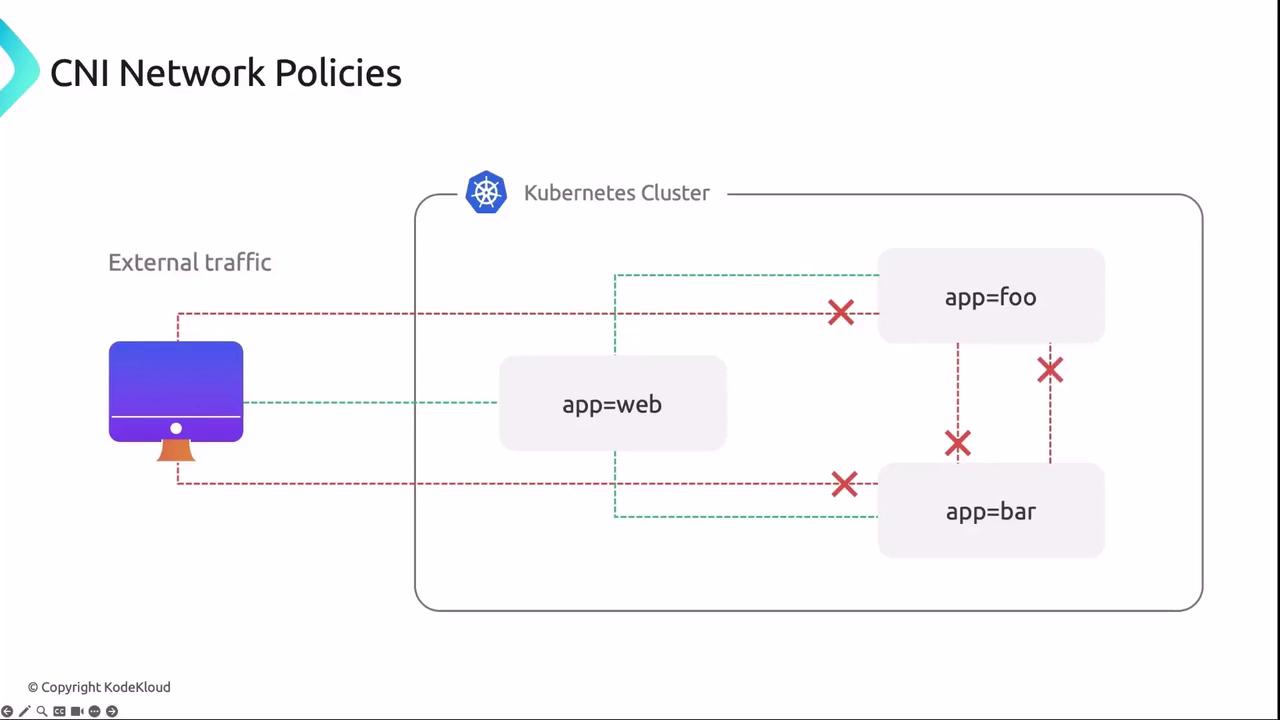

4. Mutual TLS (mTLS)
Mutual TLS ensures both clients and servers verify each other’s identity before exchanging data. This two-way authentication thwarts man-in-the-middle attacks and enforces strict service-level trust.
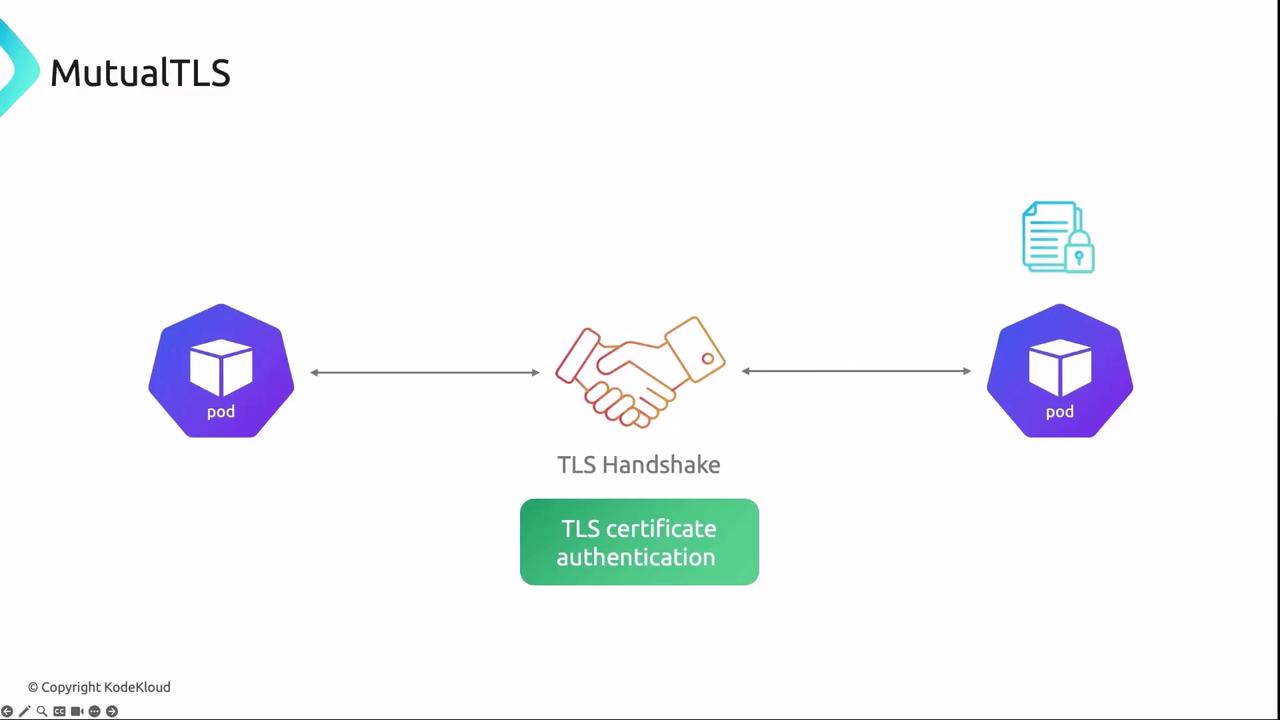
Warning
Expired or misconfigured certificates will break mTLS connections. Monitor certificate lifecycles and automate renewals.
5. Observability With Hubble
Cilium’s Hubble provides deep visibility into network flows, application performance, and security events:
# Deploy Cilium with Hubble
kubectl apply -f https://raw.githubusercontent.com/cilium/cilium/v1.12/install/kubernetes/quick-install.yaml
# Enable Hubble metrics server
cilium hubble enable
# Observe live network flows
hubble observe --namespace default
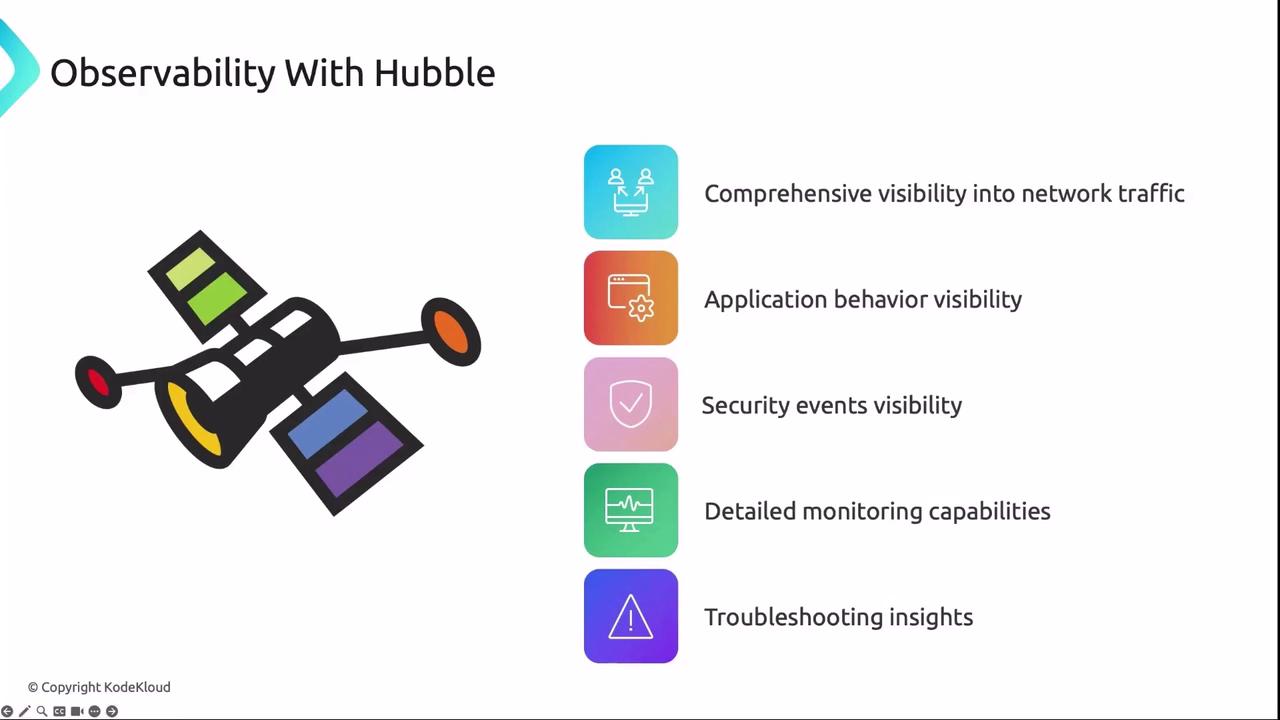
Links and References
- Kubernetes Network Policies
- cert-manager Documentation
- Let’s Encrypt ACME API
- Traefik Ingress Controller
- Cilium & Hubble
Watch Video
Watch video content